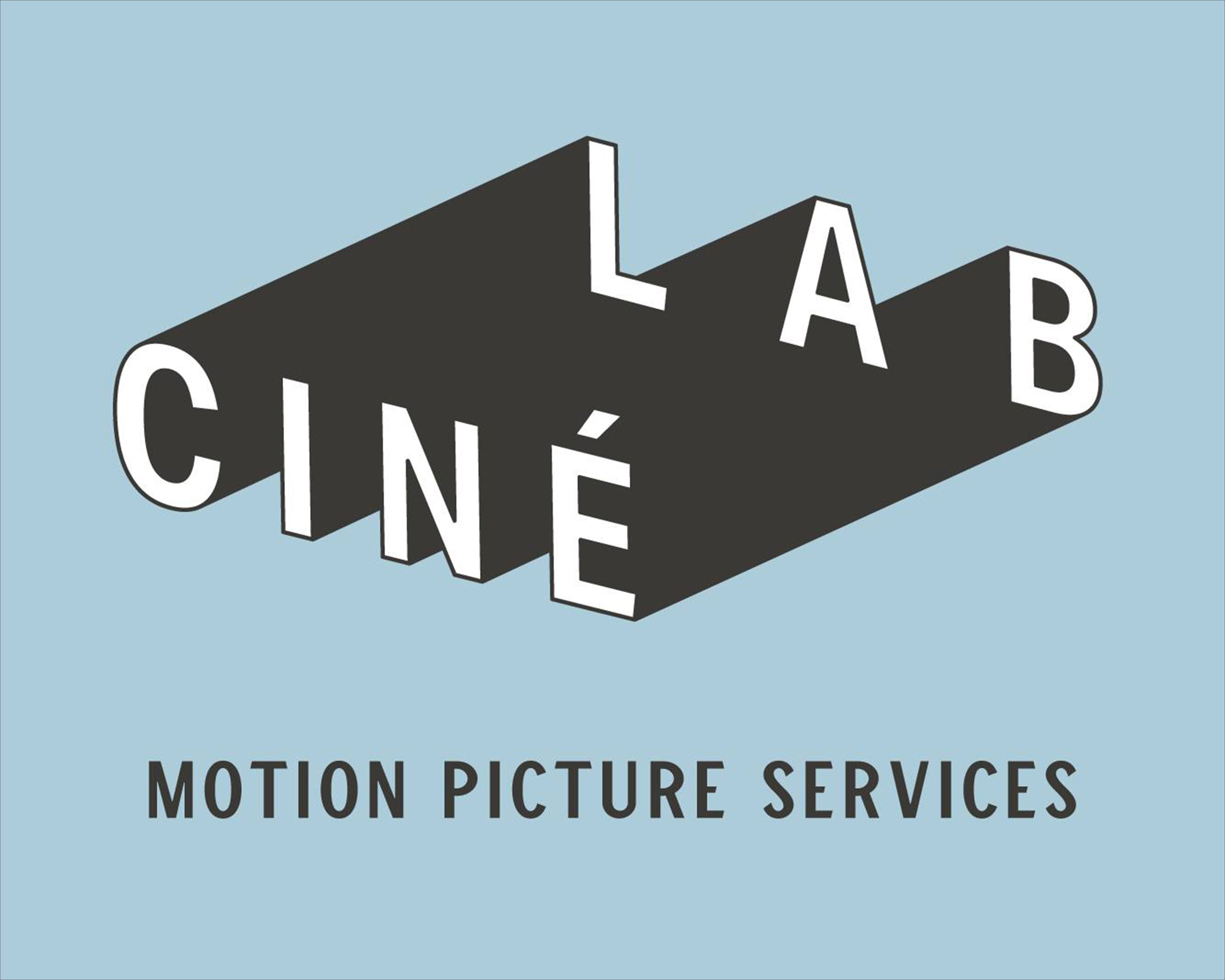V
vw98la
Guest
Hello I'm working on a short 16mm film, were using Fuji 400t.
I have a scene in house that takes place at night lit by moonlight. My question is if use moonlight gels and soften/diffuse the light and with the barndoors shape up some shadows, (hoping for some flags) do I need to underexpose the scene?
I understand a meter reads everything to make an 18% gray. So if your outdoors and get a f stop of an 11 your shot will be properly exposed. But in the case above where the light is softened and put in an effect to make a room seem dark (not blackout) but lit only by the moon.
By exposing for the scene with what my meter tells me will the scene look like night time, allowing further darkening in post, or will it look over lit.
Thanks
I have a scene in house that takes place at night lit by moonlight. My question is if use moonlight gels and soften/diffuse the light and with the barndoors shape up some shadows, (hoping for some flags) do I need to underexpose the scene?
I understand a meter reads everything to make an 18% gray. So if your outdoors and get a f stop of an 11 your shot will be properly exposed. But in the case above where the light is softened and put in an effect to make a room seem dark (not blackout) but lit only by the moon.
By exposing for the scene with what my meter tells me will the scene look like night time, allowing further darkening in post, or will it look over lit.
Thanks





